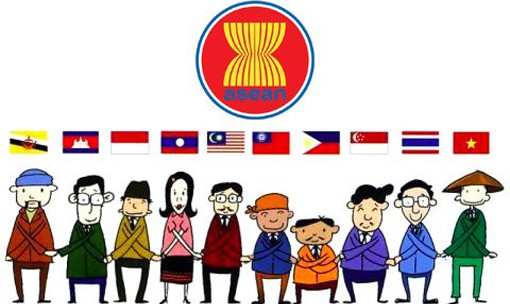
When you fly into Manila, the view gives apt insight into Filipino socioeconomic realities even before landing. The chaotic fusion of gated communities, new high-rise developments and slums illustrates the country’s contrasting economic growth and inequality. Yet the prevalence of Western-style large shopping malls, locally dubbed with the genericised trademark ‘SM’ after the corporation which started the trend is instantly recognisable, dotting the cityscape regardless of which side of the plane one sits or the runway on which it lands.
Today, every major city in the Philippines, and every district in the Manila metropolitan area has at least one SM ‘supermall’, such that the constriction of one has virtually become a right of passage for a town to ‘come of age’ into cityhood.
Economic trends from the Philippines in the 21st century appear to justify what economists refer to in emerging markets including the Philippines as the ‘burgeoning middle class’, and the associated demand which fuels the growth of a retail conglomerate like SM. Historically plagued with structural problems stunting its growth and lagging behind other ASEAN-4 economies ever since the 1986 Revolution, IMF data indicates its GDP growth had finally been catching up to the general 4-7% range of its neighbours by the mid-2000s.
During this time, Goldman Sachs dubbed the Philippines as one of the world’s “Next Eleven”, a neologism for economies complementing its original BRICS (Brazil-Russia-India-China-South Africa) bloc.
The Philippines was additionally noted for its resilience during the late-2000s global recession, its impact on the country mitigated by steady flows of remittances. Most notably, in 2013, the Philippines posted GDP growth of 7.65%, its fastest rate ever since the 1986 Revolution, surpassing China.
Yet in late 2013 and early 2014, a series of articles published by economic analyst Jesse Colombo, noted for his prediction of the US credit bubble which eventually lead to the late-2000s global recession, warned that most post-recession global economic growth, especially in emerging markets, is also driven by an unhealthy and dangerous asset bubble which he warns would trigger another financial crisis on the same scale, if not greater than that which struck Asia in 1998.
In the Philippines, as with the other ASEAN-4 nations of Indonesia, Malaysia and Thailand, he points to specific signs of unhealthily low interest rates, external debt and rapid consumer spending growth. Despite the constant denial of Filipinos and, in Malaysia’s case, even its central bank, the World Bank is taking notice of this ominous bubble, pointing to the same credit and construction boom and its associated growth.
Speaking of consumer spending, this brings us back to the story of SM, its supermall empire and cultural impact on Filipinos. SM dates back to the 1950s, and has been building malls since 1985.
Since 2000, SM has been building at least two to three malls a year, reaching a record of 5 in 2006 – and the Filipino consumer is responding, with domestic consumer spending remaining the largest component of the country’s economic growth – while in stark contrast, its domestic savings rate remains by far the lowest in the ASEAN-4.
Additionally, economists responding to Colombo’s warnings are actually encouraging consumption to continue circulating money around the economy, dismissing the phenomenon as a natural part of the economic cycle. SM has capitalised upon a Filipino preference to spend, not save, and consequently, the rapid and seemingly unstoppable growth of SMs into every district of metropolitan Manila evidently stands in stark contrast to the static socioeconomic state of many Filipinos who have not lifted themselves out of poverty despite the statistics.
Where does this purchasing power come from? As noted above, remittances buoyed the economy during the global recession – and, contributing at least 10% of GDP, are a predominant driver of growth. Labour is the Philippines’ largest export; yet this brain drain has come at the cost of production – the country lacks a strong domestic industry to move beyond the primary stages, stuck at the bottom of the value creation pyramid without progressing upwards to fostering its own companies and innovating.
Yet the saddest part of this story lies in the cultural factors that drive – or more accurately fail to drive the country to sustainable development and growth. Unlike their Asian neighbours, the Filipino masses revolve around a colonial mentality acquiescing to foreign influence, rooted in the parochialism associated with lifestyles in in isolated mountains or islands, and the notion of bahala na (‘let it be’, or ‘leave it to fate’), entrenching a tragedy of the commons characterised by self-interest and short-sightedness. It is the mentality which leads to consumerism and the failure to save or invest in the future or that of society.
If this economic growth is truly an illusion inflated by consumer credit, it will take some large-scale structural change to make the Philippines great and sustainable again. And that must begin with culture – away from short-sighted dependence and towards responsibility.
